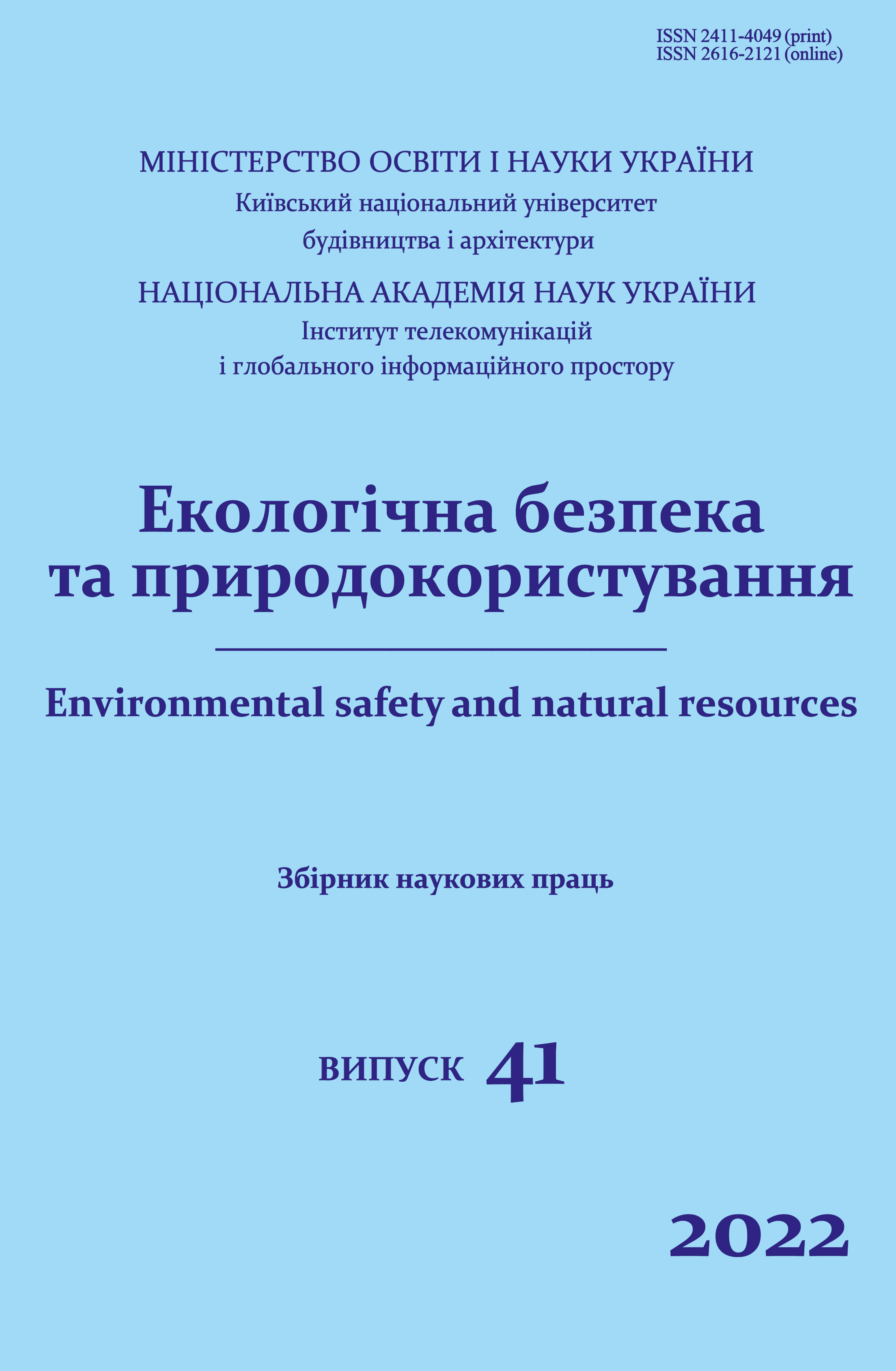Development of solid waste utilization technology in coke furnaces
DOI:
https://doi.org/10.32347/2411-4049.2022.1.44-55Keywords:
solid household waste, coke production, coking charge, coke qualityAbstract
In industrial centers with coke oven and by-product production, it is advisable to use existing coke ovens for the processing of the organic part of waste. At the same time, sanitary and environmental problems are solved, and the load of production capacities of the coke oven and by-chemical industry is ensured in a crisis. The target of the work is to develop the basics of technology for the use of plastic waste and coke dust in the coke oven process. In laboratory conditions, two variants of the technology of briquetting coke dust with plastic from household waste were developed. In the first version, briquettes were produced by singling a mixture of coke dust with crushed PET bottles, polystyrene and PCB products and polyethylene films at a temperature of about 220 °C. But the briquettes obtained by this method were mechanically not durable, which did not provide requirements for transportation on the conveyor. In the second version, briquettes were produced by cold pressing a mixture of coke dust with withering plastic solution in coke solvent. Such briquettes turned out to be mechanically durable, they were made about 5 kg, and industrial coking was carried out by the use of the be agree method by loading into the third hatch of the battery No. 2 of the Makeevka Coke and Chemical Plant. Coke obtained as a result of an industrial experiment of coke from the charge with the addition of briquettes was investigated according to standard methods. It was established that prior to giving 3–5% of briquettes in the coke hate, coke is possible to obtain an economical effect due to coal savings.
References
Parfenjuk, A.S., Antonjuk, S.I., & Toporov, A.A. (2002). Alternativnoe reshenie problemy tverdyh othodov v Ukraine. Jekotehnologii i resursosberezhenie, 4, 36-41 [in Russian].
Sobolevski, A., & Vaselevski, R. (2004). Ob utilizacii othodov plasticheskih mass v processe koksovanija. Koks i himija, 12, 34-40 [in Russian].
Egorov, V.M. (1997). Ispolzovanie othodov plasticheskih mass v ugolnyh shihtah dlja koksovanija. Koks i himija, 3, 19-20 [in Russian].
Egorov, V.M., Kutovoj, P.M., Goncharov, V.F., & Kostochkin, A.R. (1984). O primenenii tverdyh polimerov v koksovanii. Koks i himija, 10, 15-19 [in Russian].
Barskij, V.D., Snezhko, L.A., Ivashhenko, V.A., Fedulov, O.V., & Madatov, A.V. (2000). Koksovanie othodov plastmass sovmestno s ugolnoj shihtoj. Rezultaty opytnyh koksovanij. Koks i himija, 2, 32-37 [in Russian].
Bazegskij, A.E., Saltanov, A.V., Zotkina, N.A., & Pjanyh, E.V. (2002). Koksovanie shiht iz kuzneckih uglej s dobavkami othodov plasticheskih mass. Koks i himija, 10, 15-19 [in Russian].
Cikarev, D.A. (2002). Process recirkuljacii othodov plastikov v koksovyh pechah. Koks i himija, 12, 41-42 [in Russian].
Uhmylova, G.S. (2006). Razvitie tehnologii utilizacii plastikovyh othodov v koksovyh pechah. Koks i himija, 6, 34-35 [in Russian].
Uhmylova, G.S. (2006). Novaja tehnologija sovmestnogo koksovanija plastikovyh othodov i ugol'noj shihty. Koks i himija, 7, 34 [in Russian].
Gagarin, S.G. (2009). Ispolzovanie othodov plasticheskih materialov v proizvodstve koksa. Koks i himija, 10, 46-48 [in Russian].
Melendi, S., Diez, M.A., Alvarez, R., & Barriocanal, C. (2011). Relevance of the composition of municipal plastic wastes for metallurgical coke production. Fuel, 4(90), 1431-1438.
Lange, L.C., & Ferreira, A.F.M. (2016). The effect of recycled plastics and cooking oil on coke quality. Waste Management, 61, 269-275. http://dx.doi.org/10.1016/j.wasman.2016.08.039
Lysenko, E.V., Kravec, V.A., Kaljuzhnyj, V.V., & Serdjuk, A.I. (2011). Izuchenie sostava produktov piroliza bytovyh polimernyh othodov. Jenergotehnologii i resursosberezhenie, 3, 48-51 [in Russian].
Downloads
Published
How to Cite
Issue
Section
License
Copyright (c) 2022 Kravets V.A., Mikheyenko V.M.

This work is licensed under a Creative Commons Attribution 4.0 International License.
The journal «Environmental safety and natural resources» works under Creative Commons Attribution 4.0 International (CC BY 4.0).
The licensing policy is compatible with the overwhelming majority of open access and archiving policies.

